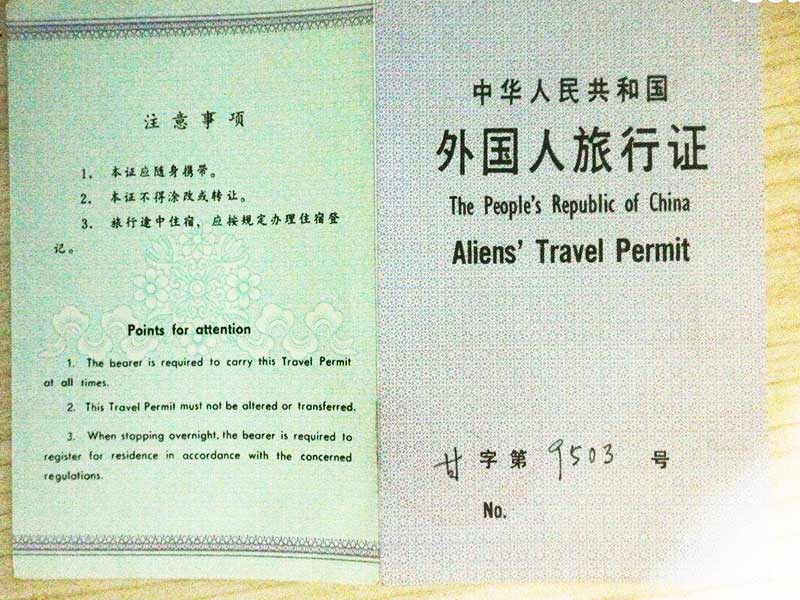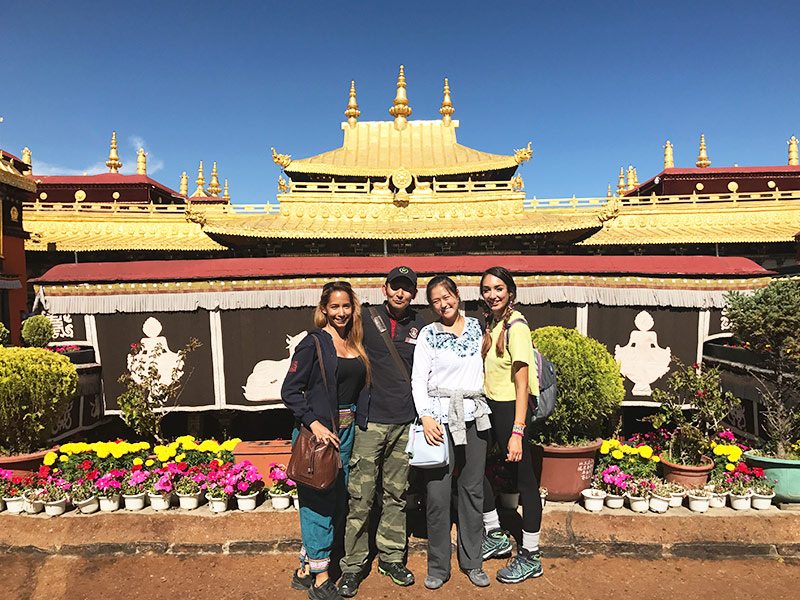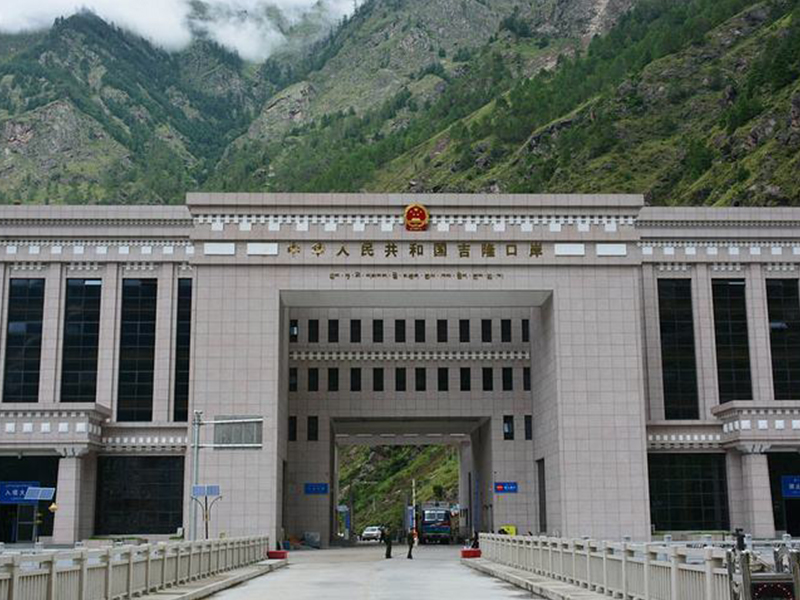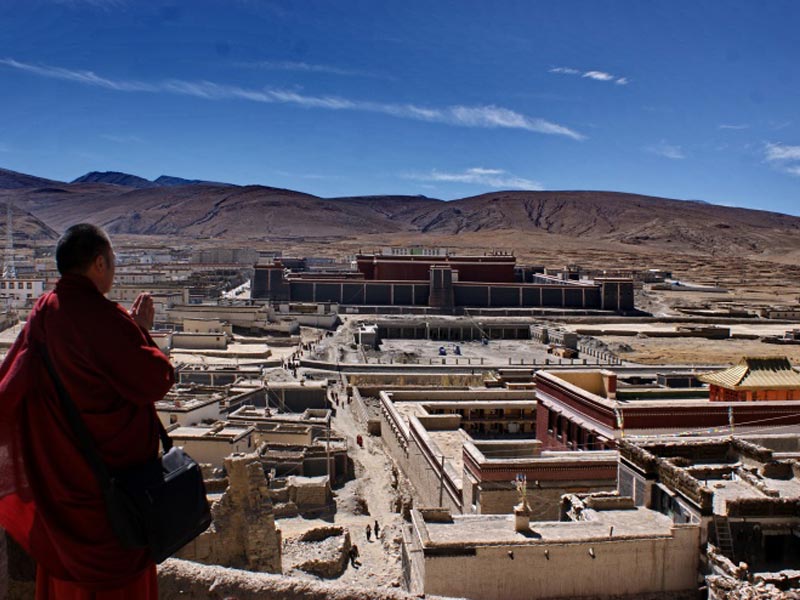Different from other places in China that are easy and convenient to go, there are some restrictions to travel Tibet such as Tibet Travel Permit and traveling with tour agency. Knowing these restrictions before visiting Tibet and making plans in advance will assure a smooth and pleasant Tibet trip for you.
Independent travel is not allowed.
The first thing to know is that independent travel of international tourist is not permitted inside the TAR. While you can go to Tibet independently, once in Tibet, you will require a guide to travel with you, as well as a driver and private vehicle in order to explore the Roof of the World. The use of public transport is prohibited outside Lhasa, except for taking the train to Shigatse, so all international travelers use private tour vehicles to get from place to place.
All international tourists to Tibet must be on a pre-arranged tour of the region. Travel agencies operate tours of the region for international tourists, and provide all of the necessary requirements for travel on the plateau. This includes your guide and driver, as well as the vehicle. These are all part of the tour that you book to travel in Tibet. Without booking a tour from registered tour operator, not only can you not travel in Tibet, you cannot even get to the region from either China or Nepal.
Tibet Travel Permit is a necessity to enter Tibet.
For booking the tour with a registered Tibetan travel agency, you will first need to apply for the Chinese Entry Visa, unless you are entering Tibet from Nepal. In that case, your visa is applied for when you arrive in Kathmandu. For those entering from mainland China, we will first need your visa, as this is required to allow us to process the application for the Tibet Travel Permit.
The renowned Tibet Travel Permit is the main permit you will need to enter the TAR. Issued by the Tibet Tourism Bureau in Lhasa, the permit is not available for personal application, and can only be applied for by a registered travel agency or tour operator. Moreover, the tour operator cannot just provide you with the permit to allow you to get into Tibet. You must be on a pre-arranged tour of the region first, before your permit can be applied for.
Once we have the scanned color copies of your passport and China Visa, we will make the application for the permit on your behalf. Processing of the permit can take up to 10-15 days, and once approved, we will forward the permit copy to your hotel in China. However, for those #traveling Tibet from Nepal#, this permit can be applied without your China Group Visa.
Not all the places in Tibet are open to foreigners.
There are some parts of the Tibet Autonomous Region that you cannot visit, even with all the approved permits. For example, while international tourists can travel overland to Tibet along G318 National Highway, it is not possible for them to travel along the G317 National Road, the northern route from Chengdu to Lhasa.

Besides taking a car tour, you can choose to cycle to Tibet along the scenic G318 National Highway with us.
Aside from that, there are also certain places in the region that are prohibited to international visitors, even if they have all the permits for Tibet. At this time, the places that international tourists are unable to visit includes, but is not restricted to:
• Pangong Lake in Ngari Prefecture
• The Yarlung Tsangpo Grand Canyon in Nyingchi
• Nanyi Valley in Nyingchi
• Tsonag County in Shannan Prefecture
• Yadong County in Shigatse Prefecture
• The sacred Lhamo La Tso, the holy lake of Tibetan Buddhism
• The Tombs of the Tibetan Kings in Tsedang, Shannan Prefecture
• Chamdo Prefecture
• Any Sky Burial site, as these are sacred sites in Tibetan Buddhism
• The slopes of Mount Kailash, which are sacred
Additional permits are required for some places.
Aside from the Tibet Travel Permit, you will also need other permits and passes for travel to different places in Tibet. Different permitted regions of Tibet have a different permit or pass that is required for entry and travel.
The Tibet Travel Permit is required for entry to Tibet and travel only in the area of Lhasa, which includes even the outlying areas such as Damxung County. For travel outside Lhasa to what are known as the “unopened” areas of Tibet, you will also need to have the Alien’s Travel Permit. This is required for travel to places such as Shigatse, Mount Everest, and parts of Nyingchi.

Aliens’ Travel Permit is needed for Everest Base Camp tours and can only be obtained when you are in Tibet.
The third main permit is the Restricted Areas Permit, also known as the Military Permit. This is required for entry to certain restricted areas of Tibet, including Bome County, Nang County, and Ranwu Lake in Nyingchi, all of Shannan Prefecture, and all of Ngari Prefecture.
You will also need to have the Frontier Pass for all tours that take you within the area of the Chinese borders with Nepal, Bhutan, and India, including visiting Everest Base Camp and Mount Kailash in Ngari.
People with some disease are not suggested to visit Tibet.
While altitude sickness is normally relatively easy to get over after a period of acclimatization, there are some who should refrain from traveling to high altitudes due to pre-existing conditions. You should always talk to your doctor about high altitudes and altitude sickness before traveling if you have any medical conditions.

Though these is no age limit to viist Everest Base Camp, people with heart or lung disease are not suggested to do so.
Ideally, pregnant women should avoid high altitudes above 3,000 meters, as the thinner atmosphere can affect the pregnancy. People with heart or lung disease should only ascend to high altitudes if their condition is under control, and people with mild forms of coronary artery disease and high blood pressure are at no higher risk than anyone else if they are already treating the conditions.
However, there are certain diseases and illnesses that make it very dangerous to travel to Tibet. These include such diseases as sickle cell anemia, chronic obstructive pulmonary disease (COPD), severe emphysema, and severe heart disease.
You can only access Tibet from China or Nepal.
Tourists can only enter Tibet from two places – China or Nepal. For most travelers, entry through mainland China is preferable, and many tourists spend time in other areas of China before moving to the TAR. As they already have their visa for entry to China, they can travel easily from mainland China to Tibet once they have their Tibet Travel Permit.
Nepal is the only country in the world with international access to Tibet, and has the option of either direct flights to Lhasa or overland travel across the Sino-Nepal border. At present, you can go to Tibet from Nepal by air and overland. Flights to Lhasa from Nepal run daily throughout the year, and take just 90 minutes to reach the Tibetan capital from the exotic city of Kathmandu. The overland trip takes you over the border crossing point between Rasuwa Gadhi in Nepal and Gyirong Port in China. This border crossing is the only one open for tourists to enter Tibet from Nepal, though there are other crossing points for locals for trade.
China Group Visa is required to enter Tibet from Nepal.
When entering Tibet from Nepal, the usual Chinese Entry Visa that you would use to enter China elsewhere is not actually valid. The requirement for tourists from Nepal to Tibet is the Chinese Group Visa, which is applied for completely differently. The visa, which is only valid for tourists entering Tibet from Nepal, is issued only once you arrive in Kathmandu for the trip to Tibet. Once you arrive, we will meet you at your hotel to collect your passport and completed application forms. The visa can only be applied for by the travel agency on your behalf, and personal applications are automatically rejected.
Processing of the visa actually takes around three working days, so you should plan to arrive in Nepal at least 4-5 days before your trip departs for Tibet to allow time to process the visa. Standard processing will release the visa in the morning of the third day from application, and we will collect your passport and visa from the embassy and deliver it to your hotel with the rest of the permits.
Conclusion
Travel to Tibet may sound extremely restrictive, but the restrictions are in place for the benefit of the tourists as much as for the protection of the environment. Allowing tourists to wander freely as before can cause irreparable damage to the delicate environment of the plateau, and preservation efforts help to maintain the delicate balance. Travel on the plateau can also be dangerous, with altitude sickness, extreme weather conditions, and wild animals. However, as all the details are taken care of for you by the travel agency, these restrictions are only beneficial, and can help make your trip even more amazing and special.
.jpg)













0 Comment ON "Tibet Travel Restrictions You Should Know Before Visiting Tibet"